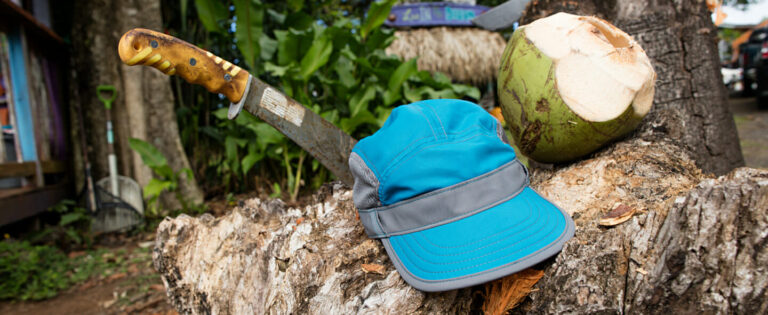There’s nothing quite like falling asleep in your trusty ol’ tent against the backdrop of some massive mountains, is there? But, as great as it is to sleep in the comfort of your old tent, you have to admit that, sometimes, it just a pain to lug around. You’ve probably been trying to think of some alternative, something lighter and more compact perhaps?
Yeah, that’s what I was thinking, too. Luckily, there are all sorts of alternatives to tents. I’ve been camping a long time now and have left my tent behind on many occasions. Why? Well, sometimes I just wanted to save space, time or weight, and other times I just really didn’t think a tent would be the best option for where I was headed. If you have had similar thoughts in the past, but really didn’t know which options are available, here’s a list of possible tent alternatives, complete with advantages and disadvantages of each. I’ll let you decide which alternative is best for you.
Floorless tents
A bottomless tent is just that: a tent structure without a floor. Normally you pitch it with pegs and a central tent pole. Many conventional tents can also be pitched with just the footprint, poles and outer tent. This also saves weight.
Advantages
- Usually lighter than traditional tents, plus they provide good weather protection
- Great for when you’re camping with animals
- Cooking in it is fantastic
- It’s a doddle to set up on rocky surfaces, such as glacial moraines
- Quite the large structure at minimal weight
Disadvantages
- No floor means no protection from pesky bugs
- When camping on snow, you’ll need a tarp or bivvy
- Not suitable for muddy surfaces
- Can cost just as much as a traditional tent
- There’s no way to share the load if you’re travelling with a big floorless tent for multiple people. One would have to carry the poles, whilst the second carries the tent material, which would render your other mates useless, and we can’t have that!
Bivvy bags
A bivvy bag is a bag made of a tent-like material with space for you and your sleeping bag. Zip it up and the elements can’t touch you!
Advantages
- Much lighter and more compact than a tent with about the same amount of protection
- It adds some warmth and can be used with a tent, floorless tent, hammock or tarp.
- Less expensive than a tent
- Suitable for all seasons of the year and for protection from insects
Disadvantages
- Very small and cramped, not the best option for you claustrophobes!
- Getting in and out can be tricky
- A bivvy has little to no space to protect your kit
There are extremely minimalistic and elaborate bivvy designs. The minimalistic models are actually for emergencies only and are carried as such. They don’t really have much in common with the bivvy in the picture.
Hammocks
Hammocks are great if you can find trees or some other structure to hang them from.
Advantages
Very light and compact, renders a sleeping mat useless and thus saves even more space and weight
- Very easy to hang up, provided there are trees around
- Great for wet and muddy areas
Disadvantages
- You need trees, posts or some other sturdy thing to hang it from
- No protection from insects (except for the ones with mosquito nets)
- Hardly any protection from the weather (a tarp hung over the hammock would only protect you from rain, but not wind)
- It is not well insulated; cold air can get you from below! Using a sleeping mat in the hammock can help
Tarps
Obviously, people who sleep on the ground, completely exposed, pack the lightest, but if that’s way too extreme for you, tarps are the lightest and most compact option there is. For ultralight trips in the spring, summer and early autumn, tarps are my personal preference. You can use a tarp as a ground cloth on wet surfaces or as a blanket for protection from the rain. If you want something similar to a tent, you can even prop it up with walking poles or hang it from trees. Pretty versatile!
Advantages
- There are all sorts of very light and compact tarps out there that hardly weigh a thing
- More often than not, tarps are the cheapest tent alternative
- They’re multipurpose: If you’re travelling with a tent, floorless tent, bivvy or hammock, a tarp can serve as a ground cloth or sun, wind and rain protection
Disadvantages
- Not much weather protection
- Propping up a tarp with walking poles can be difficult
- Many super-light tarps can cost as much as a tent
- Little to no protection from insects
Even though there are plenty of reasons to leave your tent at home in favour of a lighter alternative, tents remain the most popular option for camping. A tent will provide the most protection from the elements and those pesky insects. Plus, it is roomy and comfortable. And, let’s face it: there’s nothing better than waiting out a storm with friends and/or family in a nice and cosy tent!








